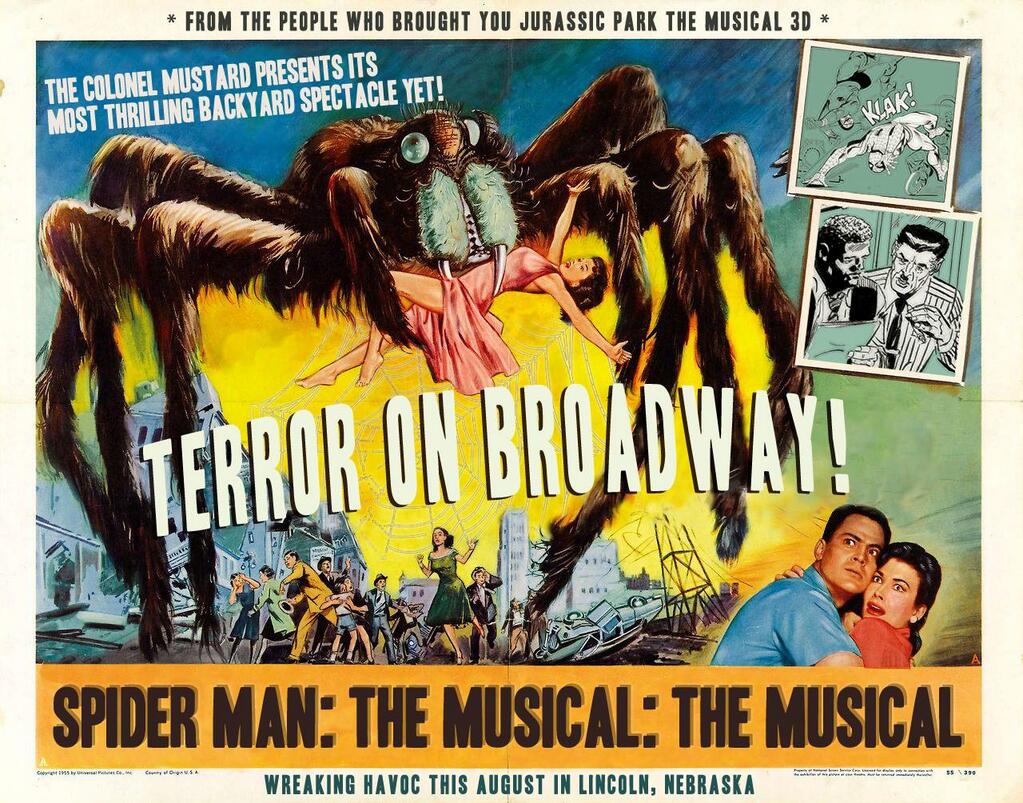
The first, ideally known as “Theme from Jurassic Park”,relates to the composer’s view of nature and its beauty. There are three critical thematic ideas heard in this 7-minute long piece. The shift from “The Lost World” to the original Jurassic Park theme challenges on the general preparedness of the voyage ahead. The music prompts a sense of movement based on a constant and repetitive rhythm. Contrarily, high string instruments applied in “The Lost World” seemingly present a dominant declaration with excellent rhythmic glissandos. The lower stringed and woodwind instruments play a repeated rhythm that shows their continuous presence in each piece. Though there is lack of the binding aspect between themes, repetition ensures that the melodies continue replaying in the listeners’ minds. Therefore, all the themes presented in this piece follow the art of repetition in melody. For instance, “The Lost World” utilizes brass and intensive string sawing, thus displaying the urgency in variation. The music shifts in pace, depending on the perceived tension it attempts to create. For instance, “The Lost World” utilizes instruments from the percussion family in determining the level of gradual increases and declines in loudness. Lastly, the themes focus on building a dialogue with the audience before going into a triumphant crescendo. However, the extensive intra-theme movement in pitch conveys adequate expectation for more action. The compositions commence and progress in the way that reveals shape but lacks continuity in between themes. Each theme contains a musical home base that stresses restfulness and stability in the way that commences and ends a melody.
Contrarily, the slow tempo at the beginning and end of each piece creates a solemn and calming mood. A fast tempo that bellows from within towards the middle of each piece infuses its audience with the feeling of excitement as well as energy. The greatest attractions in these themes are the repetitive cues that utilize the meaning of wild and natural rhythms.įurthermore, the themes entail a mixture of fast and slow tempo. As though expected, “Theme from Jurassic Park” receives yet another considerate airplay towards the end of the piece. The general and distant rhythms from various medium range drums and percussion, aided by natural accents, define the real texture of the new world. Williams seems to have organized his musical bits in the way that breaks into constant regularity. In “Theme from Jurassic Park”, the audience can note a repetitive pattern of weaker beats that precede a more dominant strong beat. Meter, Surface Rhythm, Tempo, Musical Home Base, Melody/Melodic Contour, Crescendo/Descrendo Williams seems to have accentuated his compositions with textural effects of creepiness lingering at a distance (Ojala par. As we move into The Lost World, the new theme explodes into play, revealing yet another intelligent orchestration.
JURASSIC PARK THE MUSICAL MOVIE
The themes progress slowly and monotonously between movie sets, hence creating an atmosphere of awe. The focus on exotic percussion in rhythm looks promising, thus attempting to go an extra notch in defining the subject matter. It is easy for one to get the perception that Williams had made a point of venturing into the creation of a new and textural world for Jurassic Park. The themes follow a homophonic texture with a single melody used in the accompaniment of varied chords.

Indeed, the intelligent employment of the four components of tone provides the movie with its celebratory, adventurous, and satisfying touch (Ojala par. Similar to great musical concerts, Williams’ compositions for Jurassic Park seem to carry the storyline of the films. The richness of sound in “The Lost World” offers an audience the much desired relaxation response.

The random nature of the instruments used results to a high quality composition. Notably, “Theme from Jurassic Park” comprises three pieces the most dominant one lasts for over four minutes. This music part slowly gains momentum and grows louder as it develops in between scenes and themes. The collection begins with the “Dinosaurs Theme”: a horn solo that commences at a lower pitch.

This is evident in the seven-minute long YouTube music file reflecting upon the strength that once graced Jurassic Park: it defines every second with rare musical notes to ensure that the movie never loses its global appeal. John Williams stands out as a genius of orchestral compositions that fuse the magnificence and beauty of nature into music.


 0 kommentar(er)
0 kommentar(er)
